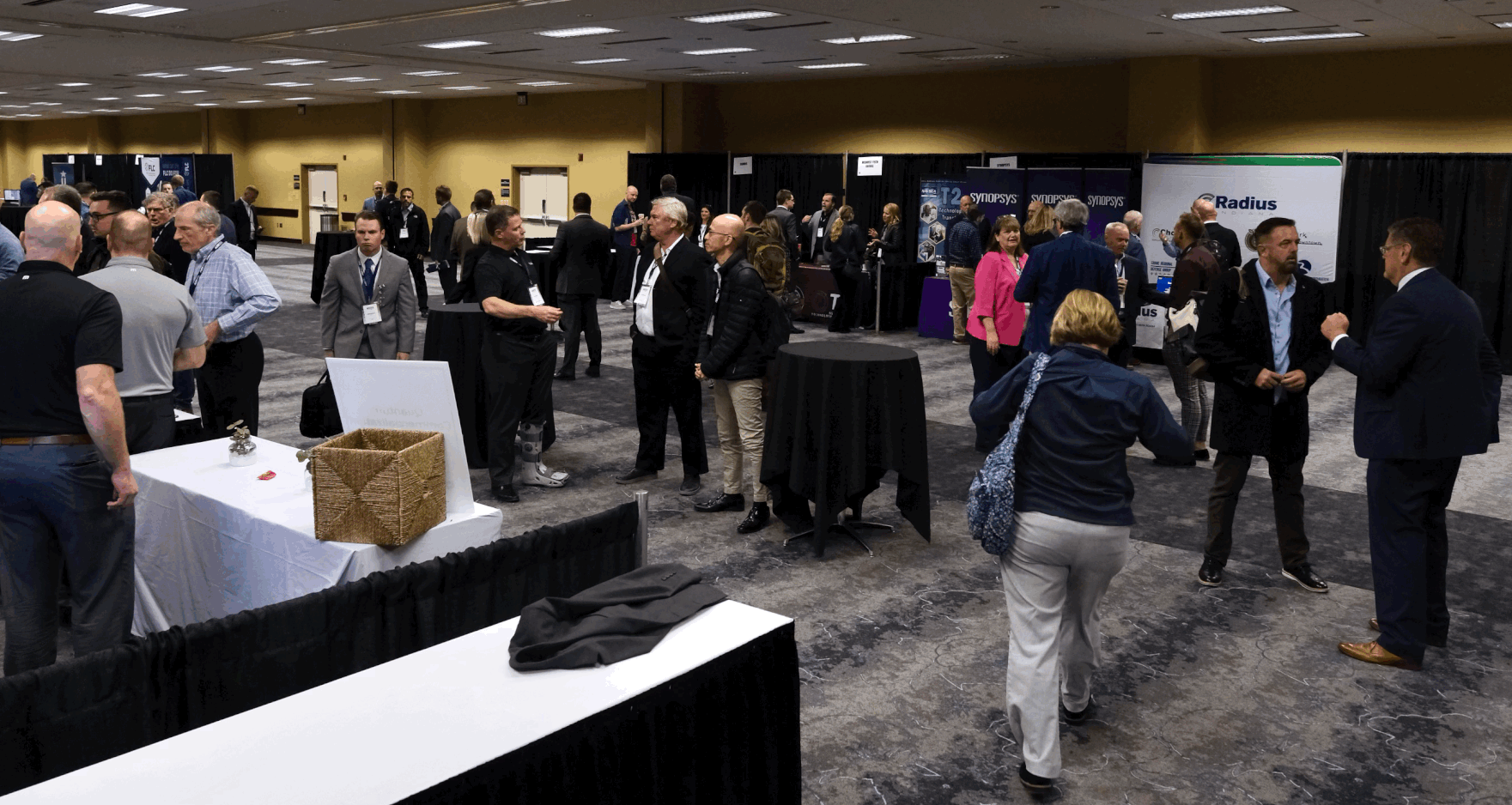Southern Indiana Business Report
INDIANAPOLIS – A two-day conference focusing on the innovations taking place in the defense ecosystem brought together key leaders, policymakers and stakeholders for the 2024 Midwest Defense Innovation Summit last week in Indianapolis.
Organized by the Applied Research Institute, the event was held at the Indiana Convention Center and featured panel discussions from experts in national security as well as remarks from former Vice President Mike Pence and Indiana’s Sen. Todd Young.
Also included among the speakers were members of Naval Surface Warfare Center, Crane leadership – Angie Lewis, technical director at NSWC Crane and Kyle Werner, deputy technical director.
Collaboration was a common theme among speakers and NSWC Crane’s growing partnerships with private sector industry and academia were lauded for advancing the nation’s defense capabilities.
US Rep. Betty McCollum, D-Minnesota, a ranking member of the US House Defense Appropriations subcommittee, said Indiana’s defense ecosystem has become a national asset.
“I’ve been so impressed with Indiana’s commitment to leverage private sector, public sector and academic resources for common sense solutions,” she said. “You have a national security community here that acts as one to address emerging technologies to accomplish our mission.”
McCollum has visited Crane and hosted a visit of a Crane delegation to Minnesota. When it comes to supporting national defense, the two states have a few things in common, she said.
Crane is currently developing a hypersonics testing program – MACH-TB – that would accelerate the Department of Defense’s hypersonics testing capabilities.
Minnesota, said McCollum, has experts in hypersonics modeling simulation at the University of Minnesota and Minnesota is working with the DoD to construct a test center for hypersonics ground testing.
“We’re going to use this regional partnership to elevate and alleviate our testing backlog,” she said.
The timing of these developments is critical to the nation’s safety.
“I don’t need to tell anybody what a great threat we are facing in this current environment,” McCollum said. “Right now our nation is helping in two ongoing wars, Russia’s illegal invasion of Ukraine and the conflict in the Mideast involving Israel, Iran and their proxies. In Asia, we must work with our allies and partners to deter China’s Indo-Pacific aspirations. We face monumental security challenges, and if our nation is going to rise to those challenges, it’s going to take every one of us working together.”
The two states are also focused on growing microelectronics manufacturing.
In 2023, ARI was chosen to be the Silicon Crossroads Microelectronics Commons Hub. The strategic innovator was one of eight selected under the CHIPS and Science Act, the DoD selected eight hubs to build regional powerhouses that can advance microelectronic technical development.

Werner spoke on a panel titled “Midwest Government Labs: Innovation, Challenges, and Opportunities.”
He described the federal laboratory as a base that, for years, was “introverted” and kept a low profile. Strategic partnerships that have produced successful innovations have changed that.
“We’ve created a sense of confidence that has transformed our traditional, humble Hoosier focus,” he said. “Our mission success is predicated on innovation and partnerships.”
Today, scientists, skilled technicians and engineers make up two-thirds of the Crane workforce.
Werner said it’s a willingness to collaborate for the common good that has created this new environment that sets Indiana apart.
Lewis provided an overview of Crane.
“We have a reputation for national technical leadership and we’re a navylab that works directly with warfighters. We create comprehensive innovative solutions at the speed of relevance. Those are big words, but that’s how we live … that’s what we bring to the table day in and day out,” she said.
Crane has 3,800 government employees. The work performed on the base is concentrated on three mission areas:
- Electromagnetic warfare
- Strategic missions
- Expeditionary warfare
“To be really effective stewards in those mission areas, we have to have the networks and relationships with the best in all those areas,” Lewis said. “We need strong defense partners in industry and academics. We have to get involved in research and policy formation. We have to stand tall to help the Navy and the nation understand how to prioritize those dollars to solve the toughest technical challenges.”
The sold out Midwest Defense Innovation Summit also featured 24 exhibitors.



